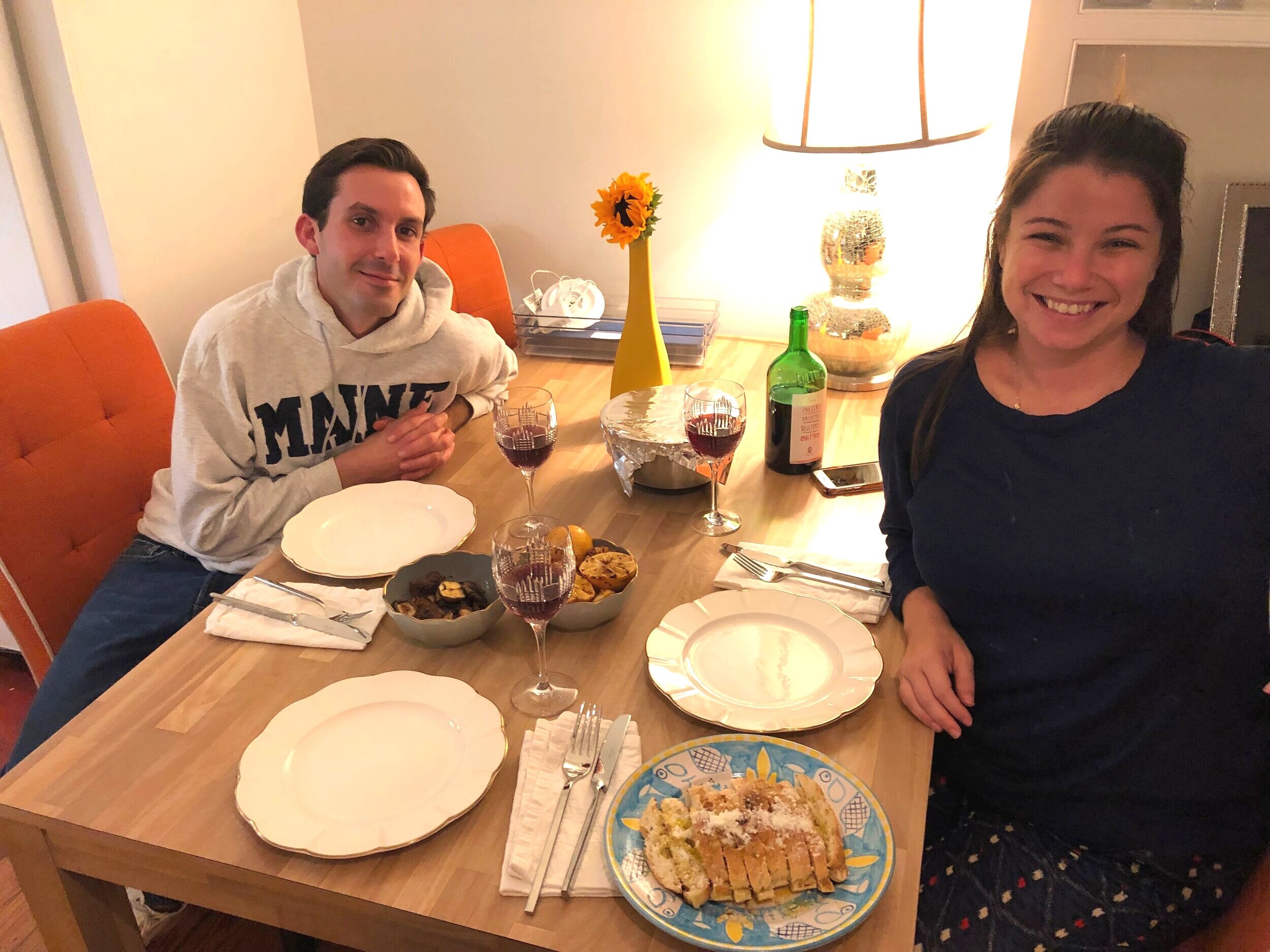This is cliche but true. 15 years ago I would have never believed it if you told me I’d be running a startup accelerator, teaching at MIT, and building Crabwalk.
It’s not that I wouldn’t have been psyched about that story, but I simply had a different idea of what my life would look like. What has led me to this place surprises me even more.
My current life is almost 100% credited to the existing people in my life like the alumni of my college, friends of friends, family, clients, and former colleagues to name a few.
Here’s the story of how I crabwalked to where I am today.
My journey to Crabwalk
I sought independence at a very, very young age. Money was a prevalent subject in my house. My dad is an accountant and financial planner.
So in my world at the time, financial independence = true independence. I believed this so much that when 10 year old me was asked what I wanted to be when I grew up, my answer was a philanthropist.
My mission was set; I would work to earn money and be financially independent.
I grew up looking up to other working women - Katie Couric, Barbara Walters, Oprah and Madeleine Albright. Alright, I guess the ones I knew of were all on TV.
My mom was a speech pathologist and teacher; my dad an accountant and financial planner. One grandfather was a radio talk show host and the other a pharmacist. My grandmother a reading teacher. Besides friends parents who were lawyers and doctors, that was about my total knowledge of job options.
I set out to work as early as I can remember.
At first, just being at my dad’s office, and then as soon as someone let me, at age 12, I was a mother’s helper and was quickly promoted to babysitter. At 15, completely out of the blue, I presented my parents with minor’s working papers for them to sign so I could work at a local florist.
As much as I loved growing up in my small town, I was eager to head to a city and be where the action was.
My first steps forward.
As soon as I got to college, my dad started to seed me with instructions of how to explore potential career paths. He suggested utilizing the resources I already had available to me, such as alums from Skidmore, who would be willing to share their own experiences. I wasn’t the most outgoing of college students so I wasn’t quite sure how I felt about approaching complete strangers.
My dad reassured me, however, that “people love talking about themselves, so just let them talk.” It worked like a charm at those first few coffee meetings and my confidence grew during those outings.
That’s when I learned a key part of Crabwalking: how to leverage people I was connected to already to help me move forward in my career.
I got in touch with a young alumni who helped me secure my first professional internship at Goldman Sachs in New York City. I was psyched! I was going to be a financial services professional at the most well regarded bank in the world, in the center of it all, NYC. I was going to be able to make enough money to not only enjoy my life, but also treat my family and friends occasionally and donate to nonprofits that I cared about. Career, figured out!
And then, September 2008 happened and everything started to change.
I was on the front lines of seeing many people’s careers get up-ended. So I started to think, perhaps it wasn’t going to be the same for me as it was for my parents. Industries can change in a day, employers aren’t as loyal as their employees are, and it wasn’t good enough to be a one-skill pony.
I didn’t fully know what that meant or how that would show up in my life years down the road. What I did know was that I wanted to learn what my other options were outside of financial services.
That’s when I started to really move sideways and walk like a crab through my career.
My first crabwalk move to the side.
The move out of Goldman Sachs wasn’t easy. I was making a great salary at a highly regarded brand. My parents were quite confused when I told them I wanted to leave. My friends were too, they had been hearing about my dream to be a star on Wall Street since my first day of freshman year.
When I told my colleagues at Goldman that I was leaving to take a job in local, city government, their heads seemed to be spinning too…
“You’re not moving to a competitor, so this isn’t about compensation?” — my boss asked at the time.
“Nope”, I said.
I had been a political junkie since I was 12 years old, so when an opportunity in the public sector became available, I jumped at it. I think I would have been excited to work in any aspect of government, but it was a bonus that I’d be working at an economic development agency where I was responsible for working with the private sector to strengthen NYC’s economy. That meant I’d be able to fulfill a goal of mine of getting a bird’s eye view of all of the sectors in NYC.
But, it also meant that I’d be taking a huge bet on myself, and a huge pay cut. And it paid off.
Since taking my leap out of finance, I’ve worked in government, startups, academia, and am now on a journey as a business founder. Crabwalking has unearthed so much for me: my entrepreneurial nature, more confidence in myself, and true independence.
Crabwalking can be an amazing thing.
I strongly believe that my generation’s paths are going to be less linear than our parents. That we are all going to have to take a few steps sideways as we move forward, and that we’ll be better for it.
Forging a new path will be a bit painful for most. Sometimes we get stopped before we even have a chance to get started because on a non-linear path, there are no clear directions or a clear destination.
It can be confusing or shameful for some when we don’t have all of the answers. We live in a Google-centric world where answers are always at our fingertips, but this isn’t one of those questions with an easily defined answer.
Answering friends and family’s questions about work becomes more difficult, it takes us a little bit longer to fill out the “what’s your occupation” question on a form, and just like that, our future is a bit more open to interpretation. We don’t know all of the answers to these pressing, societal questions.
I am here to tell you that it is OK. YOU ARE OK.
Why do I feel the need to shout this at you?
Because I have been on a long, unplanned Crabwalk. At first, I couldn’t really articulate why I wanted to leave the company on Wall Street I had dreamed about and aspired to. I measured my self-worth according to how quickly I could acquire promotions, vacation days, and top reviews. I was all about moving up and forward.
Don’t get me wrong, I am still the same ambitious woman I have always been and I very much want to continue moving up and forward. But I feel much more comfortable in the sideways.
Crabwalk exists to help you navigate through the journey so that you can embrace the sideways in order to continue to move up and forward.
— Carly
Life isn’t always linear.





